Summary
Weather Forecast
Area Campgrounds
| Location | Reservations | Toilets |
|---|---|---|
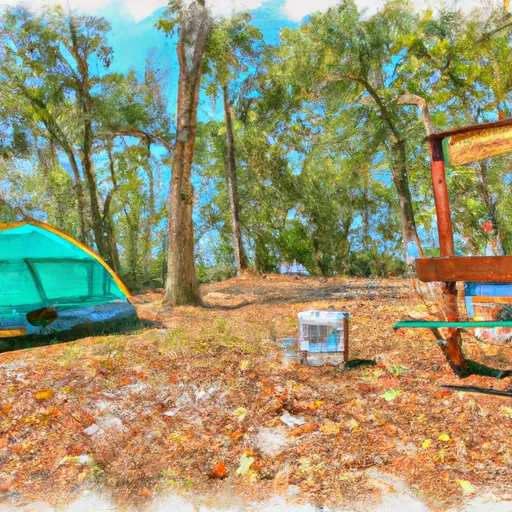 Brown House Hunt Camp
Brown House Hunt Camp
|
||
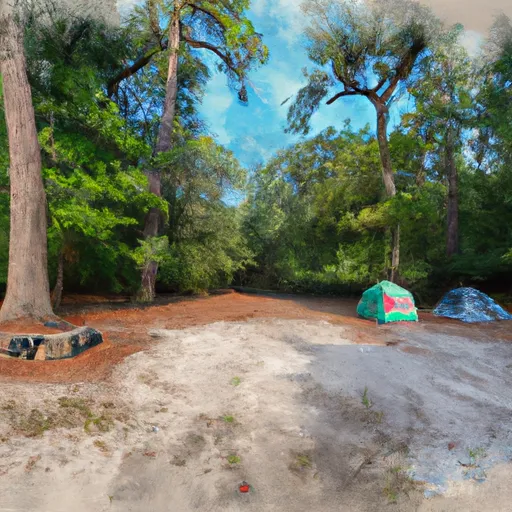 Buckhorn Hunt Camp
Buckhorn Hunt Camp
|
||
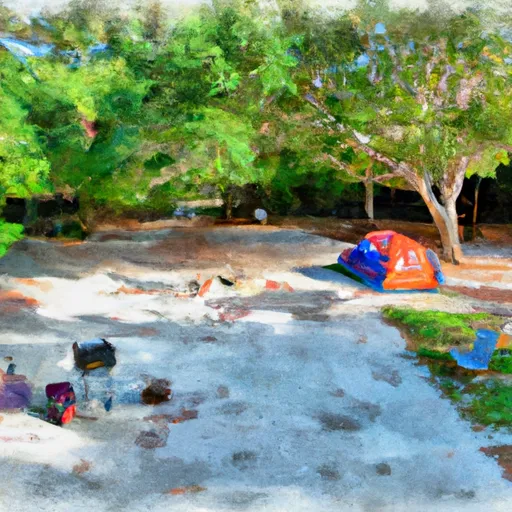 Brown House
Brown House
|
||
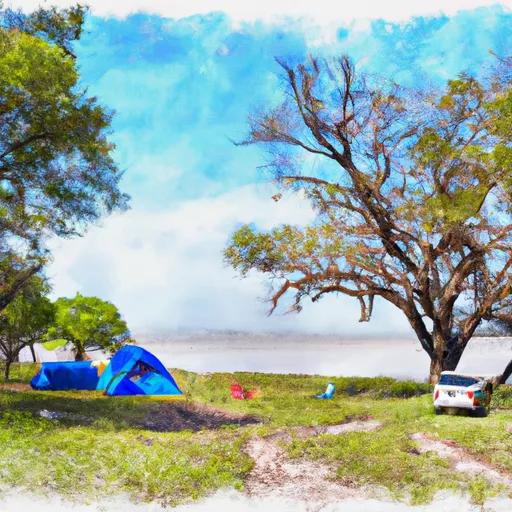 Coe Landing
Coe Landing
|
||
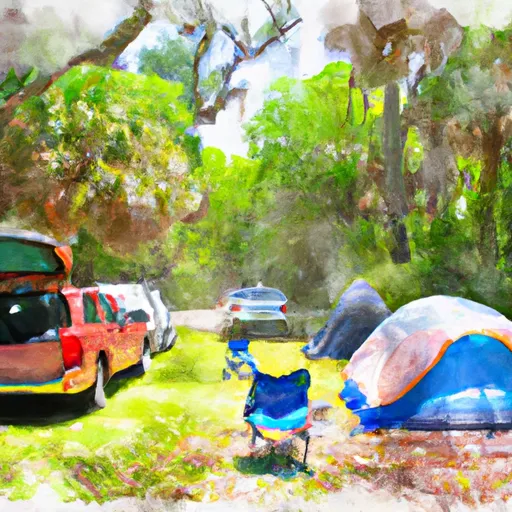 Williams Landing
Williams Landing
|
||
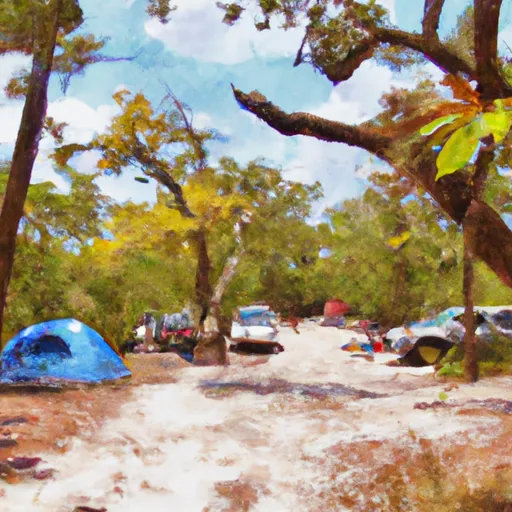 High Bluff Campground
High Bluff Campground
|
| Location | Reservations | Toilets |
|---|---|---|
 Brown House Hunt Camp
Brown House Hunt Camp
|
||
 Buckhorn Hunt Camp
Buckhorn Hunt Camp
|
||
 Brown House
Brown House
|
||
 Coe Landing
Coe Landing
|
||
 Williams Landing
Williams Landing
|
||
 High Bluff Campground
High Bluff Campground
|